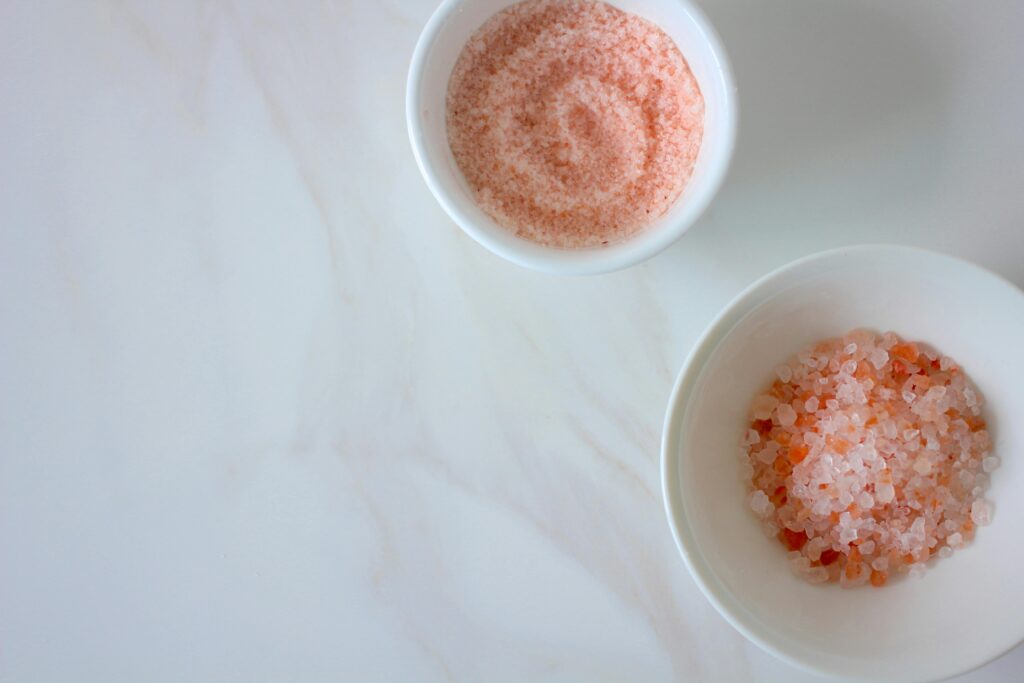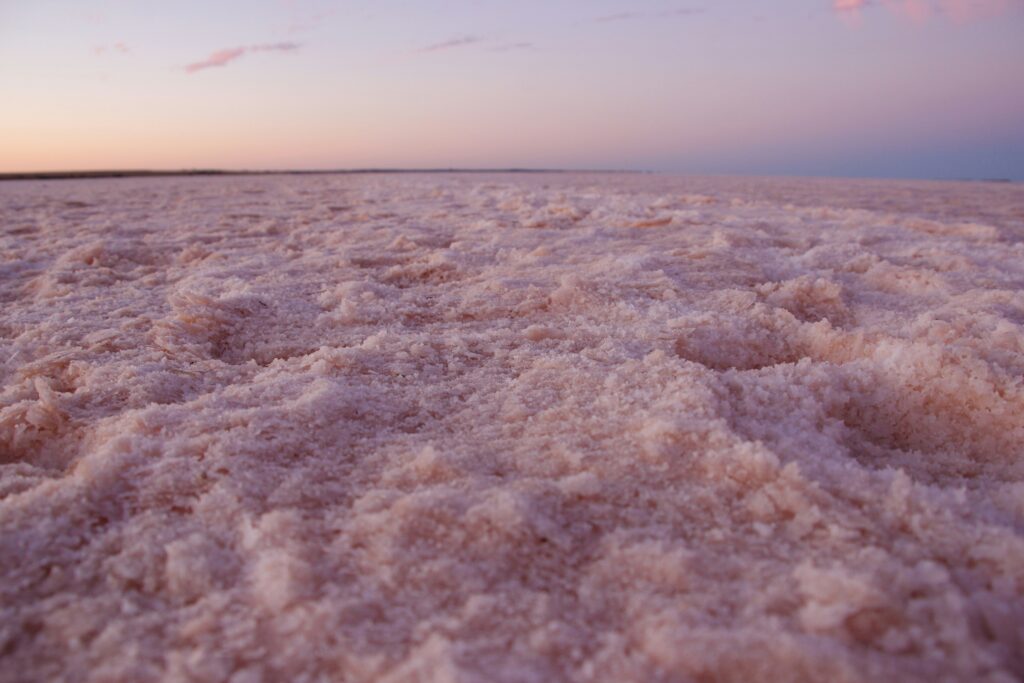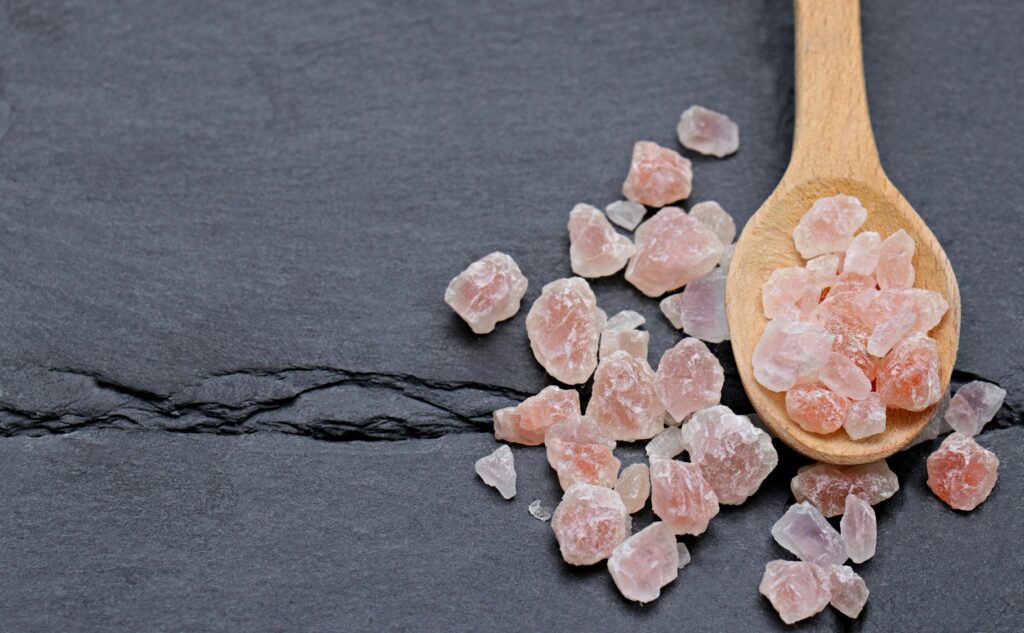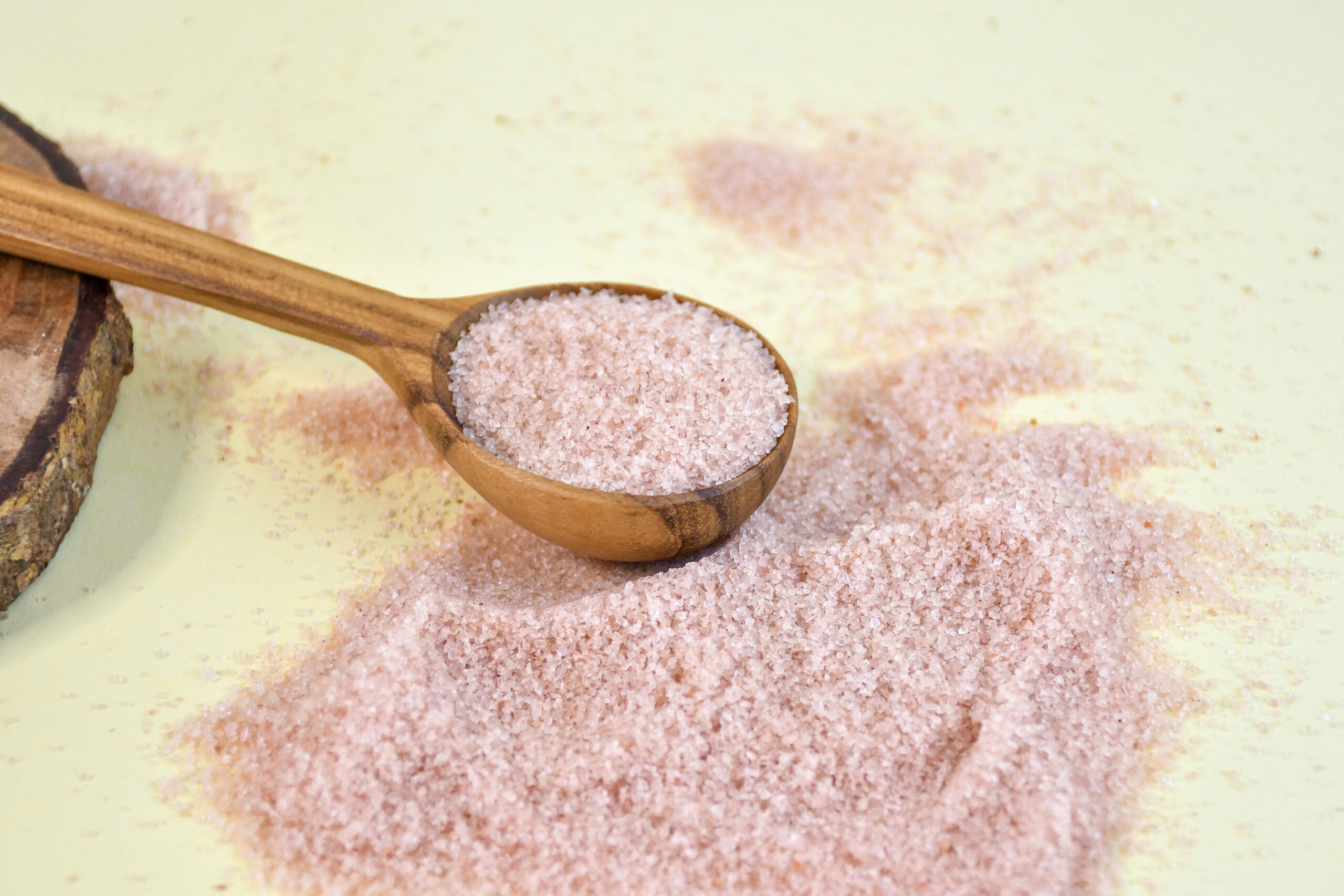
Himalayan salt has become a trendy natural alternative to regular table salt in recent years. With its distinct pink colour and claims of various health benefits, this salt has gained significant popularity among health-conscious individuals.
But what exactly is Himalayan salt, and does it live up to the hype? In this blog, we will explore the origins, composition, uses, and potential health benefits of Himalayan salt, along with the scientific evidence supporting these claims.
What is Himalayan Salt?

Himalayan salt is a type of rock salt harvested from ancient sea beds, primarily located in the Khewra Salt Mine in the foothills of the Himalayas in Pakistan.
This salt is considered to be one of the purest forms of salt available due to its minimal processing and absence of additives. It is known for its pink color, which comes from the presence of trace minerals, particularly iron oxide (The Salt Association, 2019).
The Khewra Salt Mine, one of the largest and oldest salt mines in the world, has been in operation for centuries, with mining activities dating back to the time of Alexander the Great. The mine is believed to have been formed millions of years ago, during a time when the region was covered by an ancient ocean. As the ocean dried up, the salt deposits were left behind and eventually became crystallized rock salt.
Himalayan salt is commonly sold in various forms, including coarse grains, fine grains, and blocks. It is used as a seasoning, a cooking surface, and even for therapeutic purposes, such as salt lamps or salt inhalers.
Composition of Himalayan Salt
The primary component of Himalayan salt is sodium chloride (NaCl), the same as regular table salt. However, Himalayan salt contains several trace minerals that give it its distinct color and potentially contribute to its health benefits. These minerals include potassium, magnesium, calcium, iron, and zinc, among others (Himalayan Pink Salt, 2020). These minerals are present in small amounts but are often cited as the reason why Himalayan salt is considered superior to conventional table salt.
In contrast, regular table salt is heavily processed of most of its natural minerals. Table salt typically contains additives such as iodine (a necessary nutrient) and anti-caking agents to prevent clumping. While iodine is important for thyroid health, the lack of additional minerals in table salt means it does not offer the same range of health benefits that some claim Himalayan salt does.
Uses of Himalayan Salt

Himalayan salt is incredibly versatile and can be used in a variety of ways. The most common use is as a seasoning in cooking. Due to its larger grain size, it is often favored for seasoning meats, vegetables, and salads, providing a burst of flavor with a mild, earthy taste. The salt is also used in gourmet recipes for finishing dishes, adding both flavor and aesthetic appeal.
Another popular use for Himalayan salt is in cooking. Salt blocks, which are made from large slabs of Himalayan salt, can be heated or chilled to cook or serve food. These blocks provide a unique flavor and can be used to cook meats, seafood, vegetables, or even desserts. The heat from the salt block adds a delicate seasoning to the food, infusing it with subtle mineral flavors.
In addition to culinary applications, Himalayan salt has become a popular item for wellness practices. Salt lamps, which are made from large chunks of Himalayan salt, are believed to purify the air by emitting negative ions. These lamps are also thought to promote relaxation, improve mood, and even alleviate symptoms of allergies or asthma. While the evidence supporting these claims is limited, many people find comfort in the ambiance created by these warm, pink-hued lamps.
Health Benefits of Himalayan Salt

There are numerous claims regarding the health benefits of Himalayan salt, some of which are supported by anecdotal evidence and traditional practices.
However, it is essential to approach these claims with a critical mindset, as scientific research in this area is still limited. Below are some of the most common health claims associated with Himalayan salt:
1. Rich in Trace Minerals
One of the primary reasons people choose Himalayan salt over regular salt is its mineral content.
The trace minerals found in Himalayan salt, such as magnesium, potassium, and calcium, are essential for various bodily functions, including maintaining fluid balance, supporting muscle function, and promoting heart health (Prakash et al., 2017).
While these minerals are present in small amounts, proponents of Himalayan salt argue that they can contribute to overall health when consumed as part of a balanced diet.
2. Improved Hydration and Electrolyte Balance
Himalayan salt is often promoted as a natural way to improve hydration and electrolyte balance. The idea is that the minerals in the salt help the body retain water more effectively, which may prevent dehydration.
Additionally, the presence of electrolytes like potassium and magnesium can help regulate fluid balance and support proper nerve and muscle function (Himalayan Pink Salt, 2020).
However, scientific studies on the direct effects of Himalayan salt on hydration are limited. While it is true that electrolytes play a vital role in hydration, consuming too much salt, including Himalayan salt, can have negative consequences, such as increasing the risk of high blood pressure and cardiovascular issues.
3. Detoxification and Improved Digestion

Some advocates of Himalayan salt claim that it helps detoxify the body by promoting the elimination of toxins and waste products. Salt is believed to support the function of the kidneys, aiding in the filtration of waste and helping to maintain proper fluid balance.
Additionally, some people use Himalayan salt in warm water or as a salt gargle to alleviate digestive issues or throat discomfort (Prakash et al., 2017).
While salt does play a role in digestion and detoxification, there is little scientific evidence to support the idea that Himalayan salt specifically offers detoxifying benefits. The body already has a highly effective system for eliminating toxins, primarily through the liver, kidneys, and skin.
4. Improved Air Quality and Respiratory Health

Himalayan salt lamps, made from chunks of Himalayan salt, have been touted as natural air purifiers. It is believed that these lamps release negative ions into the air, which can attract and neutralize positively charged particles, such as dust, allergens, and pollutants.
Some people also use Himalayan salt inhalers to alleviate respiratory issues like asthma or allergies.
While there is limited research on the effectiveness of Himalayan salt lamps in purifying the air or improving respiratory health, the psychological benefits of these lamps should not be overlooked. The soft, warm glow of the lamps can create a calming environment, promoting relaxation and reducing stress.
Conclusion
Himalayan salt is a versatile and aesthetically pleasing alternative to regular table salt. While it offers some nutritional benefits due to its trace mineral content, it is important to consume it in moderation, just like any other type of salt. There is some scientific evidence supporting claims that Himalayan salt can contribute to hydration, electrolyte balance, and digestive health, but many of the more extravagant claims, such as detoxification or air purification, lack strong scientific backing.
Despite the lack of comprehensive evidence, Himalayan salt remains a popular choice for those seeking a natural and minimally processed option for seasoning food and enhancing their home environment.
As with any health trend, it is essential to approach Himalayan salt with a balanced perspective, recognizing its potential benefits while also being mindful of its limitations.
References
Himalayan Pink Salt. (2020). Mineral content and health benefits. https://www.himalayanpinksalt.com
Prakash, R., Dhanjal, D. S., & Avasarala, S. (2017). Health benefits of Himalayan salt. Journal of Health Sciences, 5(3), 234-239. https://doi.org/10.1016/j.jhs.2017.03.004
The Salt Association. (2019). Himalayan salt: Origins and composition. https://www.saltassociation.co.uk
